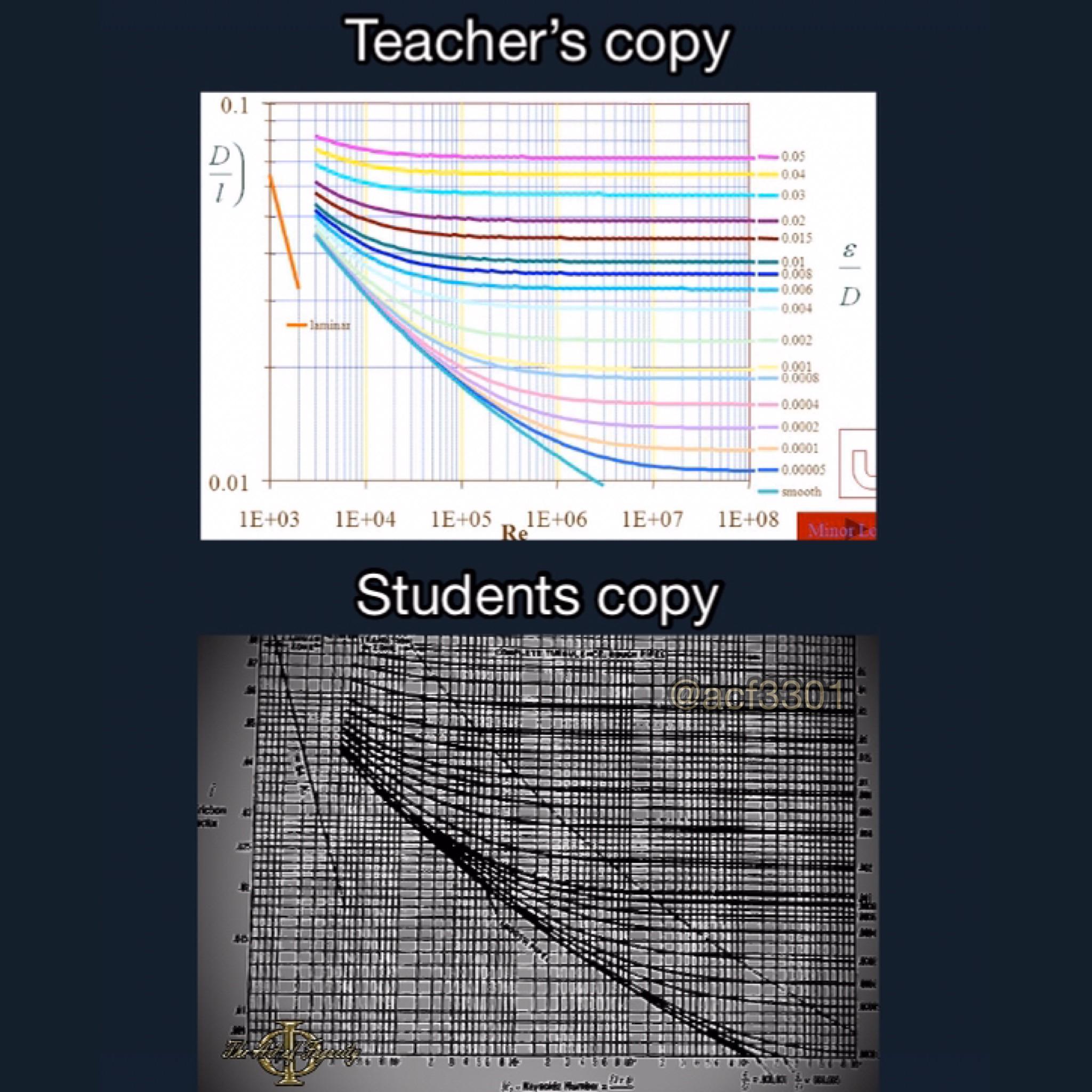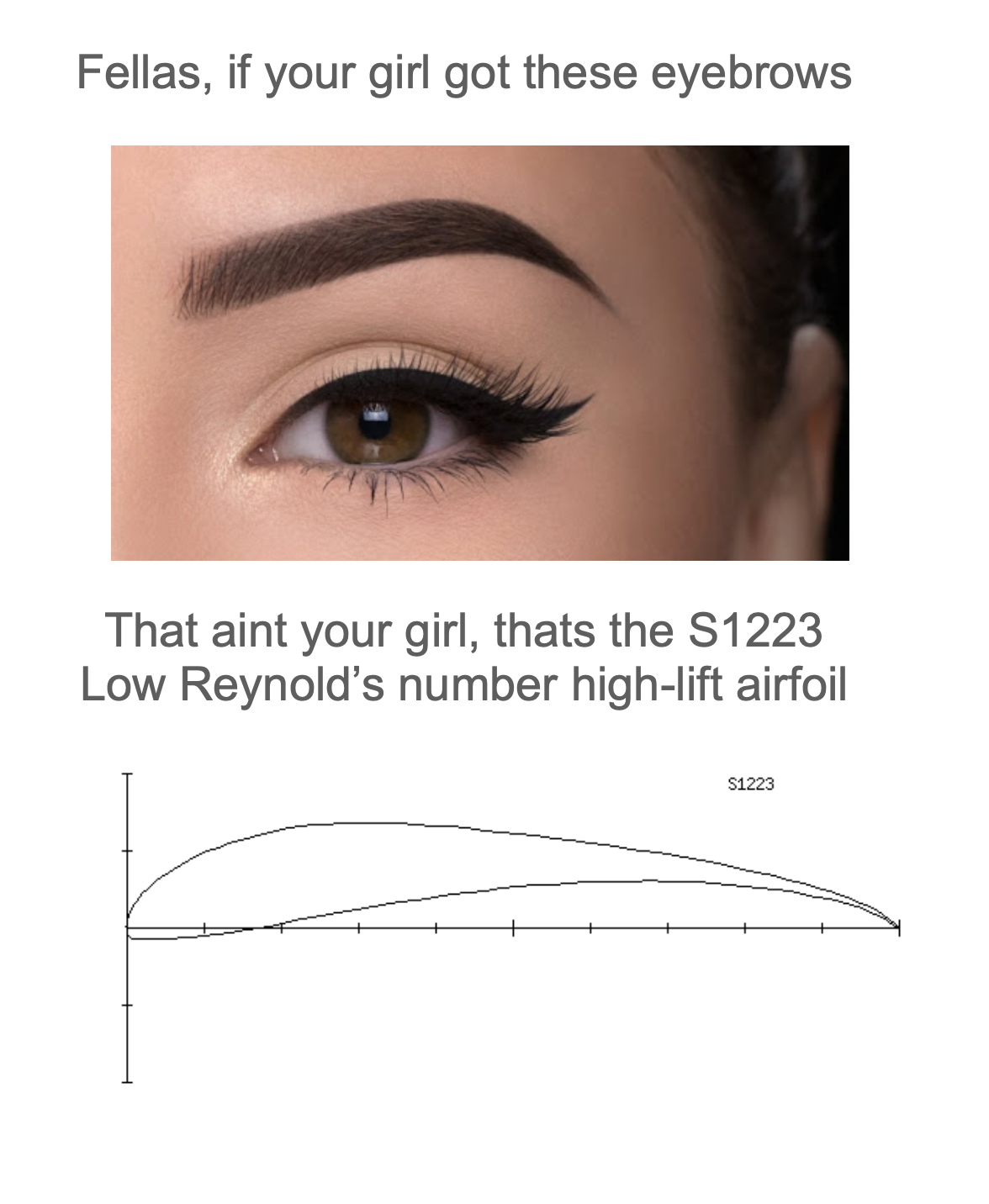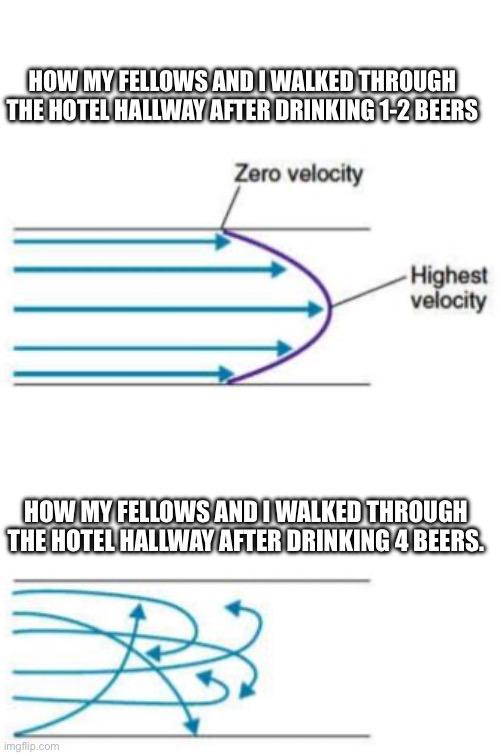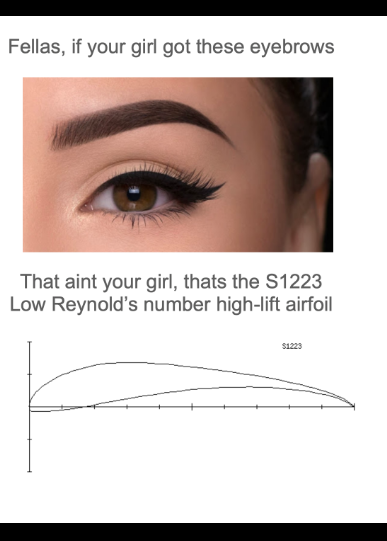The fluid dynamics prayer that never gets answered! You're hunched over your calculations, desperately hoping for that magical Reynolds number below 2300, but the universe has other plans. Just like our friend in the image who's permanently "high," your flow is destined for turbulence. Engineers spend half their careers begging for nice, predictable laminar flow, only to get chaotic eddies and vortices that laugh in the face of your simplified equations. That title "ρvl/μ" is literally the Reynolds number formula – density times velocity times length divided by viscosity – which is basically fluid dynamics' way of saying "good luck with your idealized models, sucker!"


 Academia
Academia
 Ai
Ai
 Astronomy
Astronomy
 Biology
Biology
 Chemistry
Chemistry
 Climate
Climate
 Conspiracy
Conspiracy
 Earth-science
Earth-science
 Engineering
Engineering
 Evolution
Evolution
 Geology
Geology











